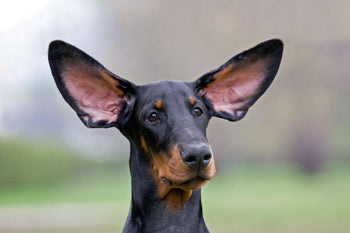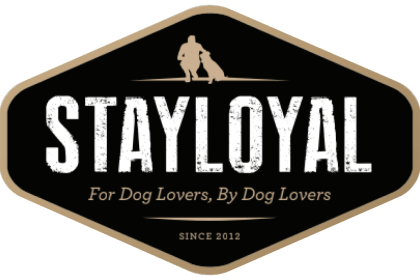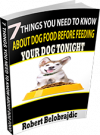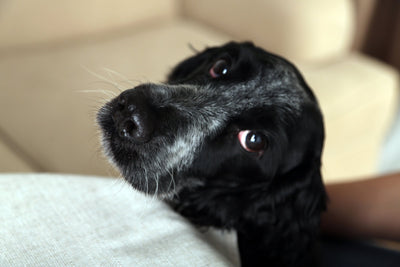Food Dyes in Dog Food & Treats: What's the Point?

If you check out the ingredient list in most mass-produced, less expensive dog foods and treats, you will notice artificial food dyes. This is something that should trigger a red flag in your mind. What’s the point of an artificial food dye in your dog’s food? For one thing, dogs have dichromatic vision, meaning they only see shades of yellow and blue. So all that red food dye to make your dog’s kibble look “meaty” is just silly. Or mixing blue and yellow to make green for “veggies”? Also pointless.
For the most part, these food dyes are added for your benefit. Marketers of dog food have found that many owners are more likely to buy a dog food that “looks appealing” to us, even though we are not eating it. So bits that look green like fresh vegetables and red life fresh meat appeal to humans, not dogs.
Artificial food dyes in dog food offer no added nutritional value to your dog – it’s purely for human appeal.
Potential Dangers Lurking in Artificial Dyes in Dog Food
But not only does it not add nutritional value, artificial food dyes are believed to cause problems. After all, remember that these food dyes are artificial – basically they are a bunch of chemicals that really aren’t good for your dog or you!
Research has shown that caramel colour, Blue 2, Red 40 (a very common coloring agent), and Yellow 5 and 6 are linked to allergy-type symptoms, behavior problems and cancer in humans and animals. All four of these artificial food dyes can be food in commercial dog food – SOME BRANDS HAVE ALL OF THEM!
Caramel color is a known animal carcinogen.
Blue 2 is full of carcinogens. It’s linked to brain tumors and allergies.
Red 40 is a very popular dye in human food and has long been associated with issues. A friend of mine had a doctor tell her to avoid this dye for one of her children who was known for bouts of anger. It’s also full of carcinogens.
Yellow 5 is known as tartrazine or E102 (just in case a label tries to fool you) and requires a warning label in Europe! This dye is linked to all kinds of bad things including behavior affects (hyperactivity and aggression), as well as allergies and thyroid tumors.
Yellow 6 is linked to skin issues. Studies have shown that it causes adrenal gland and kidney tumors in animals as well.
In North America, their Center for Science in the Public Interest (CSPI) has published a report on these food dyes, recommending they not be used for food due to implications research has shown. Significantly, Blue 2 in connection to brain gliomas in rats; Red 40 in the appearance of immune-system tumors in mice; and yellow 6 caused adrenal tumors in animals and contains cancer-causing chemicals. But their FDA still labels them as safe.
Food Standards Australia New Zealand (FSANZ) says it sides with the research done in the US and the UK, believing these colors to be safe for humans. Their argument? “From time to time there are media reports about additives causing cancer in animals. It’s important to note substances that cause cancer or illness in animals don’t always cause cancer in humans because these substances act in very different ways in people. A good example of this is chocolate, which can be deadly to dogs but doesn’t affect humans.”
The answer to whether food colouring should be in pet food or not is right there in their statement. Governing bodies are looking at whether or not these items are safe for human consumption, not necessarily our dogs or cats.
Since that artificial food dye is simply put in the food to make it more appealing for us, there really is no point to having it there. So next time you are shopping, check your dog’s food and treats ingredients and steer clear of colourings and dyes. It might not make any difference, it certainly can’t hurt for them to not have it, and it just might keep them happy and healthy longer.








